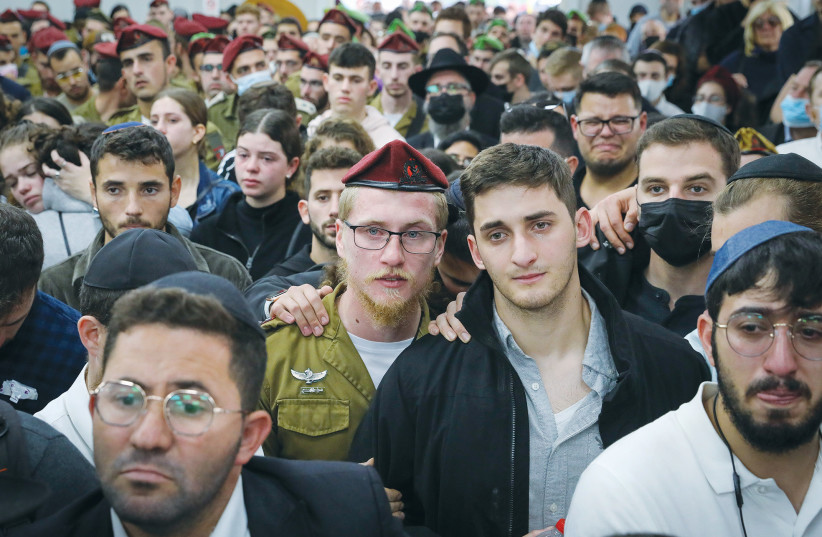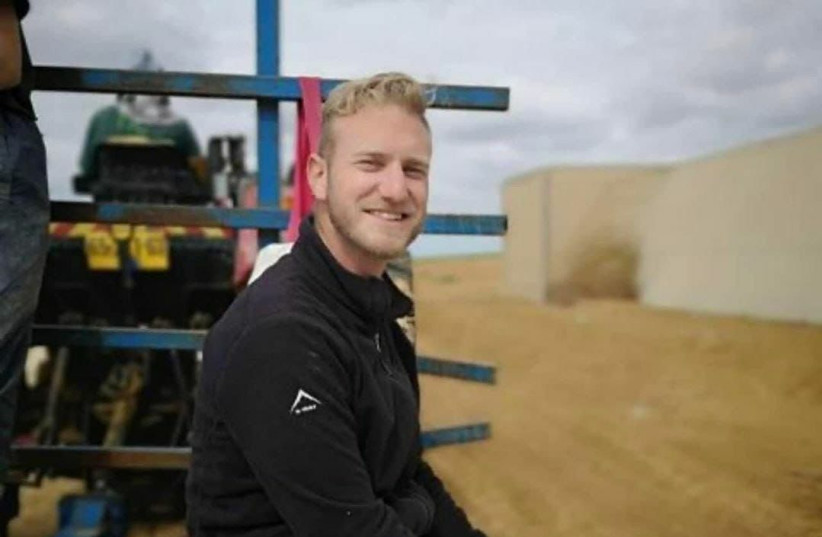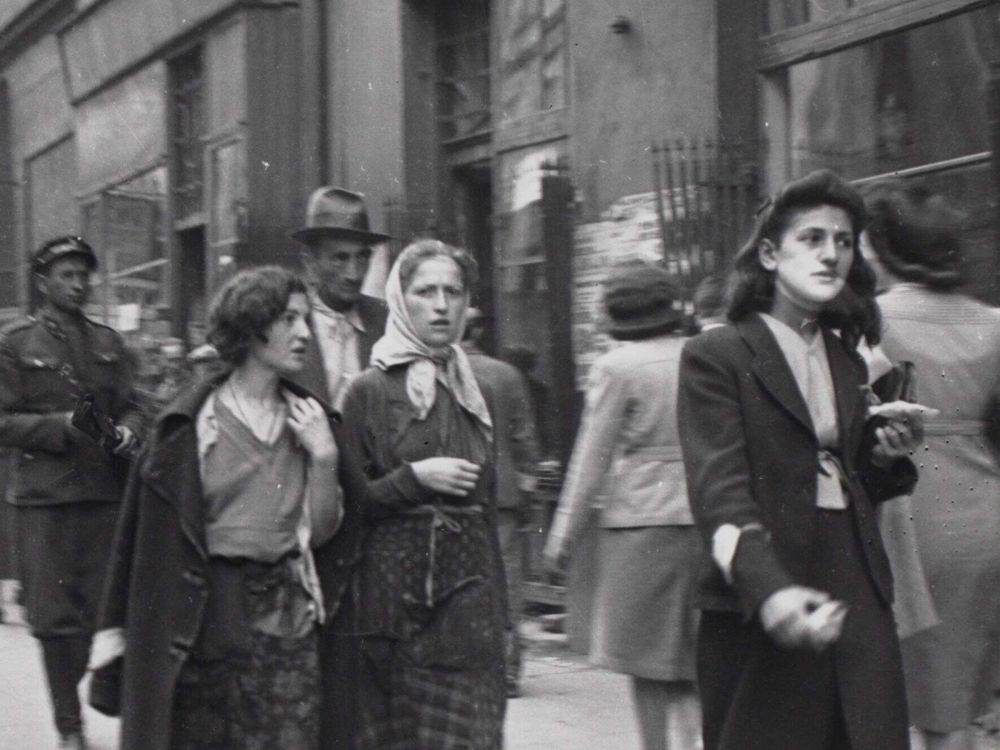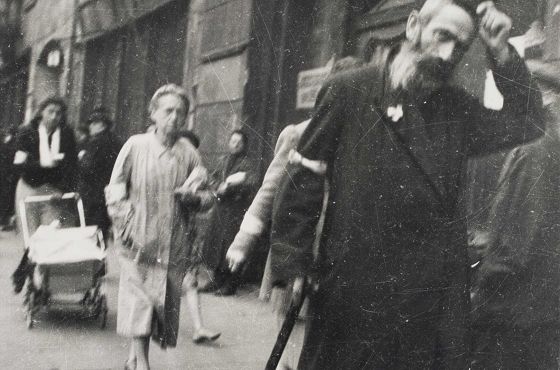 Szwedzki dziennik odmówił publikacji polemiki do artykułu Grabowskiego; interweniowała ambasador RP; sprawa jest u Rzecznika ds. mediów
Szwedzki dziennik odmówił publikacji polemiki do artykułu Grabowskiego; interweniowała ambasador RP; sprawa jest u Rzecznika ds. mediów
Grzegorz Bruszewski
 Arkadiusz Mularczyk. Fot. PAP/R. Guz
Arkadiusz Mularczyk. Fot. PAP/R. Guz
Powstanie Instytutu Strat Wojennych to podniesienie sprawy reparacji nierozwiązanej od 80 lat na bardzo wysoki poziom polityczny – mówi PAP poseł PiS, były szef sejmowego zespołu ds. reparacji Arkadiusz Mularczyk.
.
W wywiadzie dla niemieckiej agencji prasowej dpa premier Mateusz Morawiecki został zapytany, czy kwestia reparacji za szkody wyrządzone przez Niemcy w Polsce podczas II wojny światowej jest poza dyskusją. “Nie, ta sprawa nie jest poza dyskusją, ponieważ Polska została bardzo źle potraktowana, nie otrzymując reparacji” – powiedział premier i przypomniał o tworzeniu Instytutu Strat Wojennych imienia Jana Karskiego.
Mularczyk, który szefował sejmowemu zespołowi ds. reparacji powiedział PAP, że “bazą prac Instytutu będą kwestie dotyczące pogłębionych badań nad stratami”. “Oczywiście w oparciu o wypracowany przez zespół parlamentarny materiały i publikacje” – zaznaczył. “Da nam to pewnego rodzaju formułę zintytucjonalizowanych działań. Myślę, że w dużej mierze to ułatwi prowadzenie dalszych prac, badań, publikacje, różnego rodzaju formuły rozmów, spotkań i prowadzenia w sposób zinstytucjonalizowany tej problematyki” – dodał.
Dodał, że będzie Instytutowi służył pomocą, wsparciem i kontaktami.
Premier mówił w wywiadzie dla agencji dpa, że sejmowy zespół ds. reparacji został poproszony o uzupełnienie swego raportu o dodatkowe informacje, raport ma być gotowy do lutego i przedstawiony opinii publicznej w późniejszym terminie. “Decyzja o tym, co, kiedy i jak zrobić z tym raportem, nie została jeszcze podjęta. Ale przygotowujemy wszystko, co jest potrzebne do zaprezentowania tego raportu światu” – mówił szef polskiego rządu.
Mularczyk powiedział PAP, że zespół jest w trakcie finalizacji prac nad raportem. “Z uwagi na różne okoliczności to się przedłużało” – dodał. “Raport poddany był wewnętrznym konsultacjom politycznym, merytorycznym i powinien być uzupełniony o niewielkie już elementy, jest uzupełniany i mamy nadzieję, że uda się to zakończyć na początku przyszłego roku” – powiedział poseł.
Premier mówił w wywiadzie dla agencji dpa, że sejmowy zespół ds. reparacji został poproszony o uzupełnienie swego raportu o dodatkowe informacje, raport ma być gotowy do lutego i przedstawiony opinii publicznej w późniejszym terminie. “Decyzja o tym, co, kiedy i jak zrobić z tym raportem, nie została jeszcze podjęta. Ale przygotowujemy wszystko, co jest potrzebne do zaprezentowania tego raportu światu” – mówił szef polskiego rządu.
Dodał, że “kwestia publikacji jest decyzją o charakterze politycznym i to są decyzje, które są w rękach prezesa PiS Jarosława Kaczyńskiego i premiera Mateusza Morawieckiego, a także władz państwowych”.
Mularczyk przyznał, że postrzega inicjatywę stworzenia Instytutu dwutorowo. “Pierwsza to ułatwienie w sensie proceduralnym prowadzenia prac, działań, również związanych z reparacjami, ale też usystematyzowanie, ujednolicenie i stworzenie podstawy prawnej do pogłębionych badań” – powiedział.
Powstanie Instytutu Strat Wojennych to podniesienie sprawy reparacji nierozwiązanej od 80 lat na bardzo wysoki poziom polityczny – mówi PAP poseł PiS, były szef sejmowego zespołu ds. reparacji Arkadiusz Mularczyk.
W wywiadzie dla niemieckiej agencji prasowej dpa premier Mateusz Morawiecki został zapytany, czy kwestia reparacji za szkody wyrządzone przez Niemcy w Polsce podczas II wojny światowej jest poza dyskusją. “Nie, ta sprawa nie jest poza dyskusją, ponieważ Polska została bardzo źle potraktowana, nie otrzymując reparacji” – powiedział premier i przypomniał o tworzeniu Instytutu Strat Wojennych imienia Jana Karskiego.
Mularczyk, który szefował sejmowemu zespołowi ds. reparacji powiedział PAP, że “bazą prac Instytutu będą kwestie dotyczące pogłębionych badań nad stratami”. “Oczywiście w oparciu o wypracowany przez zespół parlamentarny materiały i publikacje” – zaznaczył. “Da nam to pewnego rodzaju formułę zintytucjonalizowanych działań. Myślę, że w dużej mierze to ułatwi prowadzenie dalszych prac, badań, publikacje, różnego rodzaju formuły rozmów, spotkań i prowadzenia w sposób zinstytucjonalizowany tej problematyki” – dodał.
Dodał, że będzie Instytutowi służył pomocą, wsparciem i kontaktami.
Premier mówił w wywiadzie dla agencji dpa, że sejmowy zespół ds. reparacji został poproszony o uzupełnienie swego raportu o dodatkowe informacje, raport ma być gotowy do lutego i przedstawiony opinii publicznej w późniejszym terminie. “Decyzja o tym, co, kiedy i jak zrobić z tym raportem, nie została jeszcze podjęta. Ale przygotowujemy wszystko, co jest potrzebne do zaprezentowania tego raportu światu” – mówił szef polskiego rządu.
Mularczyk powiedział PAP, że zespół jest w trakcie finalizacji prac nad raportem. “Z uwagi na różne okoliczności to się przedłużało” – dodał. “Raport poddany był wewnętrznym konsultacjom politycznym, merytorycznym i powinien być uzupełniony o niewielkie już elementy, jest uzupełniany i mamy nadzieję, że uda się to zakończyć na początku przyszłego roku” – powiedział poseł.
Premier mówił w wywiadzie dla agencji dpa, że sejmowy zespół ds. reparacji został poproszony o uzupełnienie swego raportu o dodatkowe informacje, raport ma być gotowy do lutego i przedstawiony opinii publicznej w późniejszym terminie. “Decyzja o tym, co, kiedy i jak zrobić z tym raportem, nie została jeszcze podjęta. Ale przygotowujemy wszystko, co jest potrzebne do zaprezentowania tego raportu światu” – mówił szef polskiego rządu.
Dodał, że “kwestia publikacji jest decyzją o charakterze politycznym i to są decyzje, które są w rękach prezesa PiS Jarosława Kaczyńskiego i premiera Mateusza Morawieckiego, a także władz państwowych”.
Mularczyk przyznał, że postrzega inicjatywę stworzenia Instytutu dwutorowo. “Pierwsza to ułatwienie w sensie proceduralnym prowadzenia prac, działań, również związanych z reparacjami, ale też usystematyzowanie, ujednolicenie i stworzenie podstawy prawnej do pogłębionych badań” – powiedział.
Zawartość publikowanych artykułów i materiałów nie reprezentuje poglądów ani opinii Reunion’68,
ani też webmastera Blogu Reunion’68, chyba ze jest to wyraźnie zaznaczone.
Twoje uwagi, linki, własne artykuły lub wiadomości prześlij na adres:
webmaster@reunion68.com







.jpg) *
*.jpg) *
*.jpg) *
*.jpg) *
*.jpg) *
*.jpg) *
*.jpg) *
*.jpg) *
*.jpg)

